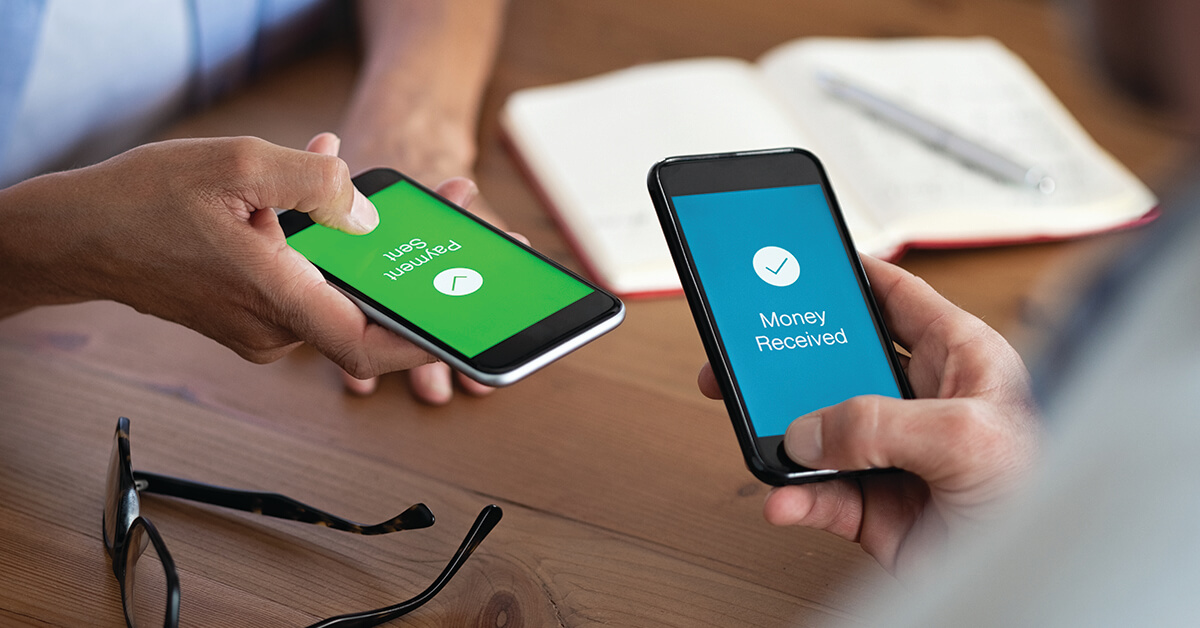New technology inevitably results in new ways for scammers to steal your money or personal data. Digital payment apps are no exception to this rule. These strategies may help you protect yourself from possible risks:
- Use a trusted app. New payment apps are popping up all the time. Stick with those that have an established history or are commonly used by businesses in your community. Before downloading an app, research its reputation.
- Verify requests for payment. One of the benefits of a payment app is the ability to set up automatic payments or to easily split the bill with friends. However, if a payment seems larger than usual, or if you receive a request for payment from an unknown source, verify that it is a legitimate charge. Scam artists will often try to impersonate businesses that you work with or people you know in order to commit fraud.
- Doublecheck before hitting “send.” Many apps do not allow you to cancel a payment once it has been sent. If you make a typo or select the wrong recipient by accident, you could be out of luck unless the payee is willing to reverse the funds. Confirm that you have selected the right person or business before you complete the transfer.
- Turn on two-factor authentication (2FA). Using 2FA means that you will confirm each payment a second time, usually via a text or email message, before funds are sent. Transaction notices are another way to verify that a payment is valid.
- Use a strong password. Make sure your payment app password is 8-12 characters long and includes a mix of capital and lowercase letters, numbers, and symbols.
- Stick with a credit card. Did you know that credit cards have fraud protection, while payment apps often do not? This means it’s a lot easier to reverse charges for fraud (or even to return something) when you use a credit card. For big purchases in particular, opting to use a credit card may be the better choice.
Source: Balance





